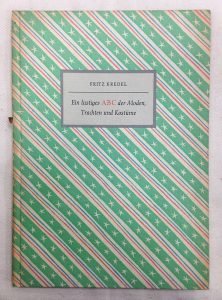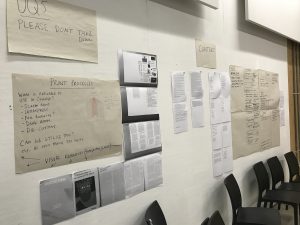As University of Brighton and Worthing Museum launch Objects Unwrapped, PhD student Suzanne Rowland discusses her research into Worthing Museum’s collections
I first heard about the amazing dress and textile collection at Worthing Museum from Professor Lou Taylor during an MA History of Design and Material Culture seminar. Soon after, I arranged a research visit and was delighted to find so many examples of my essay subject: Edwardian blouses. I used the collection again for my dissertation titled A Discomforting Account of Edwardian Blouses.
While studying for the MA, I also taught at City College Brighton & Hove (now Brighton Met). Part of my job was to propose new courses, lasting for 2 hours and to run for a period of 10 weeks. A history of fashion, decade by decade, seemed an ideal choice to fit this model. The course first ran in in 2011 with a small group of students at the Jubilee Library in Brighton. I then approached Worthing Museum with an idea to adapt the course to suit Worthing’s unique collection of mainly homemade and shop bought clothes. Gerry Connolly (then Curator of Costume, now Museum Manager) negotiated various obstacles that meant we were able to offer a course starting in September 2012. We needed 12 people to sign up for all 10 weeks for the course to be viable and so it was a nervous summer waiting for the numbers to rise! With great relief they did and, in addition to the core group, others signed up for weeks of particular interest.
We selected a range of garments, accessories, and printed materials to display in the education room each week. Not an easy task due to the wealth of material available. Each session began with a 40-minute illustrated talk followed by tea and biscuits (very important!) During tea break white cotton gloves were provided for participants to handle the collection. [image 2] The second part of the session involved a shorter talk, sometimes followed by film footage supplied by Screen Archive South East. Each week participants shared their fashion memories and brought in objects from their own collections. This ranged from black and white family photographs to a silk Pucci blouse bought directly from the designer’s boutique in Rome at the end of the 1950s. One week, Gerry took small groups for a short behind-the-scenes tour of the archive, which proved very popular. We repeated the same course the following year and then decided to rest it in favour of a series of one-off talks and workshops. [images 3,4,5]
In 2015 I began work on my first book Making Edwardian Costumes for Women (2016). The book recreates authentic museum clothing with step by step photographs and instructions. While five projects are based on garments from Brighton Museum, a further five are based on garments and a hat from the Worthing collection. Researching the book involved many visits to the archive to select the projects with Gerry’s help, to make sketches and notes, and to take photographs. Worthing Museum has a fascinating collection of primary and secondary materials, including Edwardian dressmaking manuals and sewing magazines which were invaluable for understanding terminology and techniques. The museum also holds the archive of an Edwardian fashion illustrator Ida Pritchard who worked for Peter Robinson’s department store.
My second book Making Vintage 1920s Clothes for Women (2017) also recreates garments from Worthing Museum. Archival materials used for research included a scrapbook of fashion cuttings, and copies of Weldon’s Home Dressmaker. I am currently in the second year of PhD study (title: ‘The role of design, technology and business networks in the rise of the fashionable, lightweight, ready-made blouse in Britain, 1909-1919’).The Museum’s boxes of blouses have once again proved an invaluable source for understanding the development of styles, sizing, and manufacturing techniques. As a member of Objects Unwrapped my first essay, perhaps not surprisingly, is called ‘Understanding an Edwardian Blouse Through Remaking and Re-enactment’.
The launch of Objects Unwrapped: Hidden Histories of Worthing Museum and Art Gallery will be held on Saturday 30th June from 1.30-4pm.




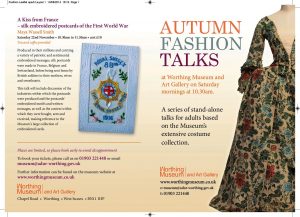



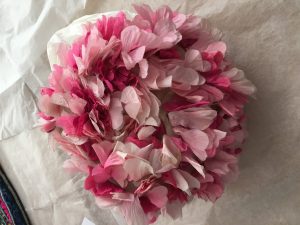



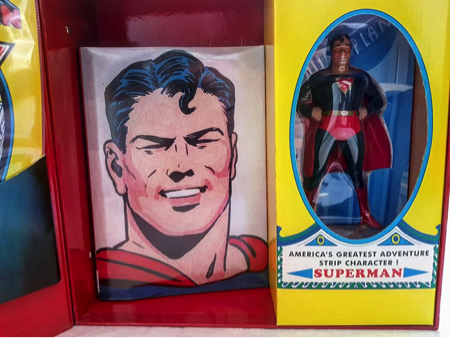




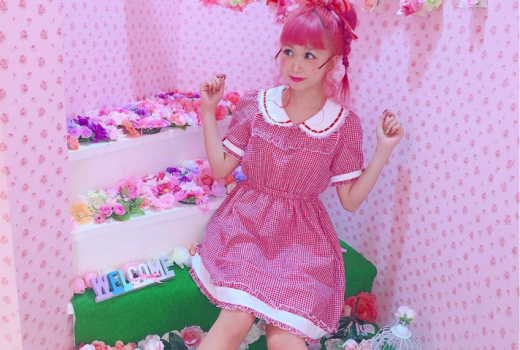

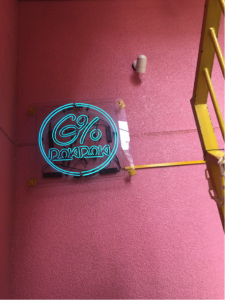















![Ein lustiges ABC der Moden, Trachten und Kostüme (A merry ABC of fashion, folk dress and costume) by Fritz Kredel [n.d.]](https://blogs.brighton.ac.uk/hoad/files/2018/05/FritzKredel-EinLustigesABCDerModen2cTrachtenUndKostume-cover28detail29sm-21o60xk-300x225.jpg)

![T & U ‘Tournure was worn at the time- the toga was the Roman’s dress. Uhlan whip the ladies gladly- the Ulster coat for a quality Gentleman.’ Ein lustiges ABC der Moden, Trachten und Kostüme, Fritz Kredel [n.d.]](https://blogs.brighton.ac.uk/hoad/files/2018/05/FritzKredel-EinLustigesABCDerModen2cTrachtenUndKostume-pp24-25sm-1c68mzg-300x218.jpg)
